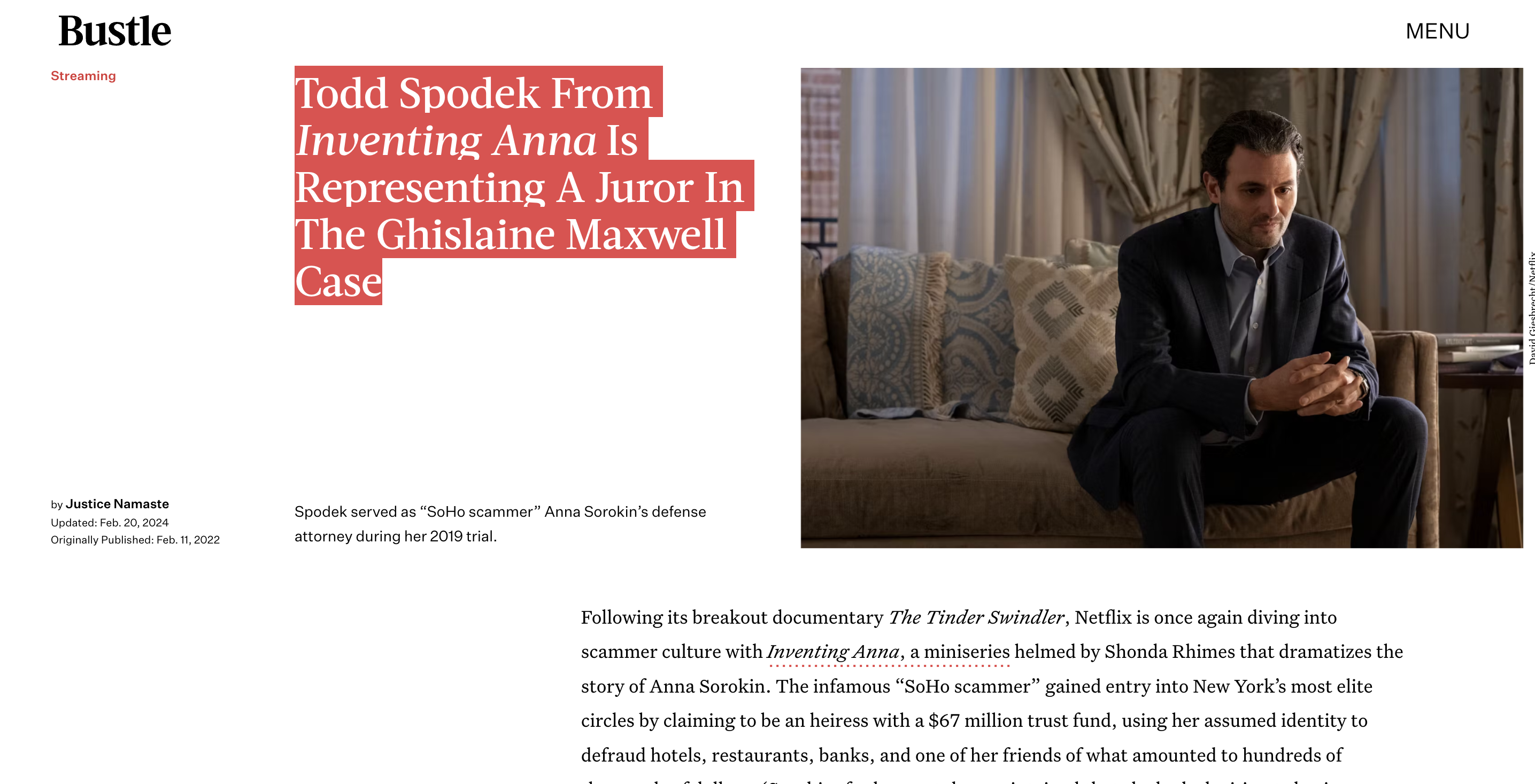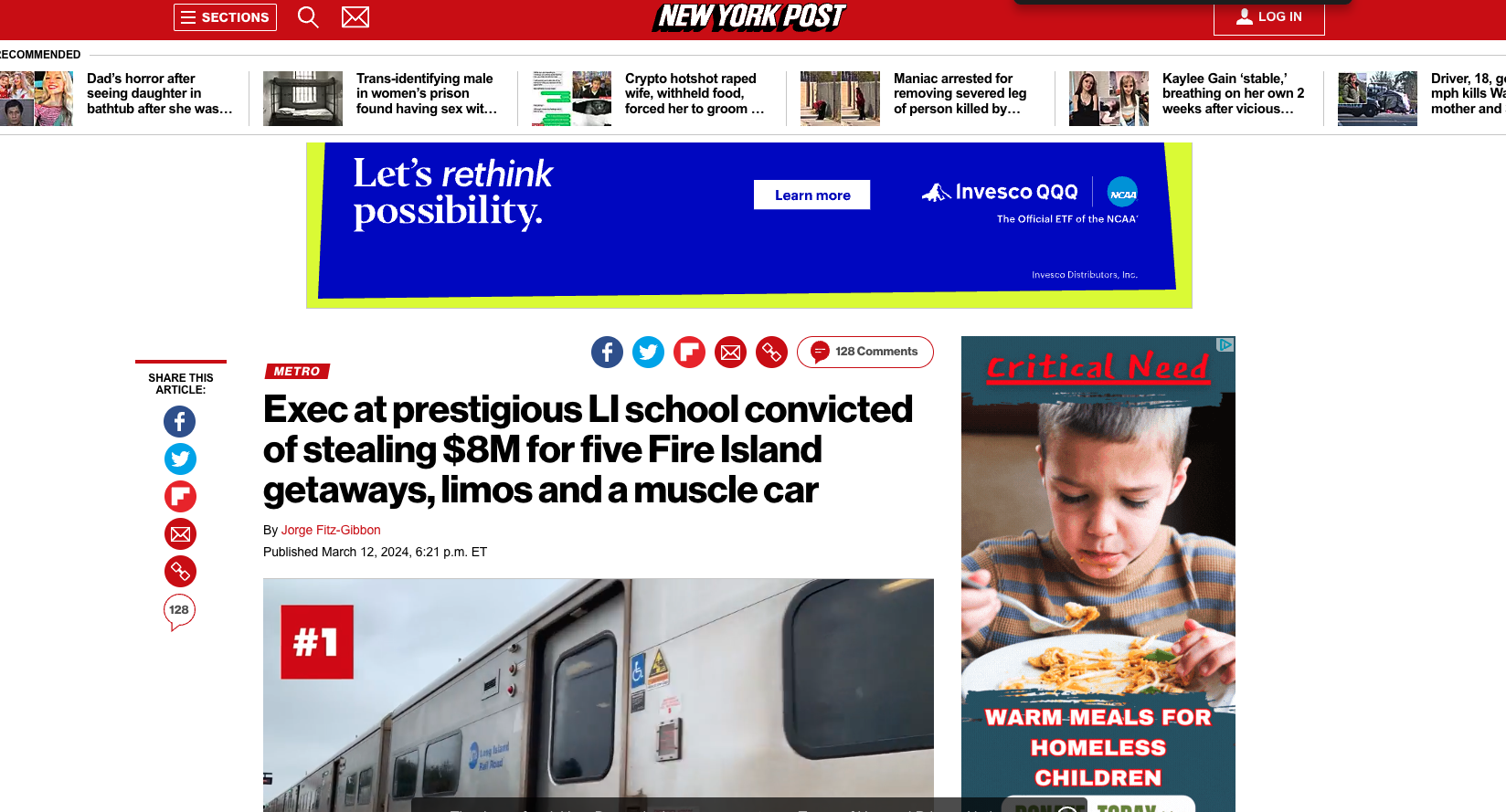Blog
What is a UCC Lien and How Does it Impact My Business?
Contents
What is a UCC Lien and How Does it Impact My Business?
A UCC lien, also known as a Uniform Commercial Code lien, is a legal claim on assets or personal property that a creditor can place when a debtor defaults on a loan or other debt obligation. UCC liens allow creditors to seize specified assets if the debt remains unpaid.
How UCC Liens Work
A UCC lien gives the creditor holding the lien legal rights over the debtor’s assets listed in the UCC filing. This means if the debt is not repaid, the creditor can seize those assets and sell them to recover what they are owed.Common assets that UCC liens are placed on include:
- Equipment
- Inventory
- Accounts receivable
- Cash accounts
- Real estate
- Vehicles
- Machinery
UCC Filing Process

To place a UCC lien, the creditor must file a UCC-1 financing statement with the state. This document lists the debtor’s information, including name and address, as well as details on the collateral assets tied to the lien.Once filed, the UCC-1 puts other creditors on notice that there is already a lien placed on those assets. The lienholder then has priority claim over them.UCC liens remain effective typically for 5 years. The creditor must refile the UCC-1 before expiration to maintain the lien.
How UCC Liens Impact Businesses
UCC liens can significantly impact a business if the owner defaults on a loan or other debts. Some key ways include:
1. Asset Seizure
With a UCC lien in place, the creditor has a right to repossess listed collateral assets if the tied debts go unpaid. This could include seizing essential business equipment, inventory, or property. Asset seizure hampers operations and the ability to generate revenue.
2. Credit Damage
Defaulting on a loan and having assets repossessed also badly hurts a business’s credit rating. This makes it much harder to secure financing in the future.
3. Bankruptcy Risk
Mounting debt obligations and asset seizures put extreme financial strain on businesses. UCC liens ultimately heighten bankruptcy risks if debts remain unresolved.
4. Personal Liability
With certain loans, business owners also face personal liability risks if their company defaults. This leaves personal assets vulnerable to seizure as well to satisfy UCC lienholders.
Protecting Your Business from UCC Liens
While UCC liens are a useful tool for creditors, they can wreak havoc on businesses. Some tips to limit risks include:
- Carefully evaluate loans – Scrutinize terms and collateral clauses before signing loan agreements that allow creditors to place liens. Be conservative when using debt financing.
- Maintain strong payment practices – Stay current on all loan and vendor payments to avoid default situations. This keeps assets free of liens.
- Separate business vs personal assets – Forming an LLC or corporation protects personal assets if the business falters. UCC liens usually can’t touch these.
- Explore alternative financing – Options like business cash advances avoid asset-based lending and associated UCC liens. There are other creative financing solutions too.
- Get lien releases – If paying off a loan, get lienholders to file a UCC-3 form to terminate any associated liens on collateral. Don’t leave assets encumbered.
Using UCC Liens as a Creditor
UCC liens are an effective collection remedy for creditors dealing with non-paying business customers. Ways financiers use them include:
Boost Payment Leverage
Informing customers you will place a lien on assets if they default on payments often motivates them to resolve debts. You gain leverage without filing.
Safeguard Collateral
By formally filing UCC liens against key customer assets, you ensure priority claim on those items if they ultimately default. This reduces collection losses.
Expedite Repossession
With UCC liens in place, creditors can swiftly seize and liquidate collateral if customers don’t cure defaults. You avoid drawn-out legal battles to claim assets.
Improve Settlement Outcomes
Your leverage improves significantly with UCC liens in place if customers file bankruptcy. You are in a better position to negotiate better settlement terms.
Critical Factors When Placing UCC Liens
If moving forward with a UCC lien on a customer’s assets, key steps include:
- Identify specific collateral – List all equipment, property, inventory, cash accounts, or other assets tied to the lien. Be as detailed as possible.
- Verify ownership – Confirm the business customer has clear ownership rights on any assets listed as collateral. Otherwise, the lien gets rejected.
- File properly – Closely follow state rules on completing and submitting UCC-1 forms. Minor paperwork errors can invalidate liens.
- Monitor expiration dates – Mark calendars to refile UCC-1 forms before liens lapse in 5 years. Letting them expire forfeits creditor rights.
- Watch for senior liens – Review filings to see if other creditors already have UCC liens on the collateral assets. You get secondary claim in these cases.
- Have security agreements – Support each UCC filing with an associated security agreement detailing the lien terms and customer’s responsibilities.
Key Takeaways
UCC liens are powerful creditor remedies for recovering defaulted business debts. But they also introduce major risks that can severely harm companies facing unresolved financial struggles. Both business owners and creditors should fully understand how UCC liens work before utilizing them.Protecting your company’s assets and credit standing is vital. Be proactive about avoiding scenarios that could leave you facing sudden UCC liens that derail operations. Similarly, financiers must strategically leverage liens as collection tools without being overzealous. In both cases, enlisting qualified legal or financial guidance is highly recommended when navigating UCC lien rights, responsibilities, and consequences.









